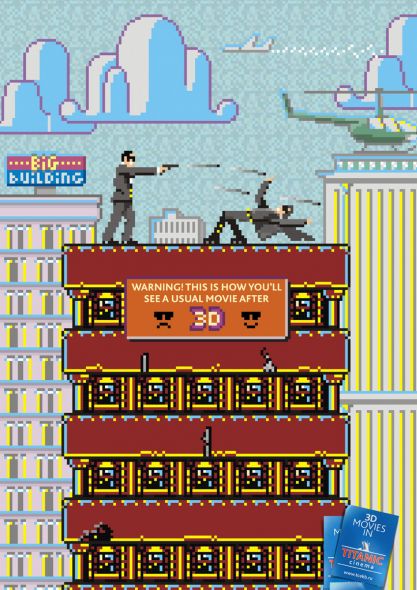Pac-Man is one of those seminal games for the industry, giving gaming one of its first true personalities and introducing the world to the maze genre of games. Creator Toru Iwatani has mentioned he created the game to appeal to women, and he detailed why.
Around the time that we launched Pac-Man, video arcades were filled with games where you shoot aliens, said Iwatani. It seemed very dark. It was for men, it wasn t fashionable at all. When women would go out, they’d go out in a group of friends or with a boyfriend as a couple. And I realized that if women and couples were going to come to game centers, they had to be cheerful places.
When you think about things women like, you think about fashion, or fortune-telling, or food or dating boyfriends. So I decided to theme the game around ‘eating’ after eating dinner, women like to have dessert, continued Iwatani. If you take a pizza and remove one piece, it looks like a mouth. That s where my idea came from.
The anime and manga influence is readily apparent in modern Japanese games, but it was no less the case for Iwatani Pac-Man is inspired by all the manga and animation that I’d watch as a kid. The ghosts were inspired by Casper, or Obake no Q-Taro, he described. The game idea eating a power cookie and powering up to defeat the ghosts was inspired by Popeye eating spinach and defeating Bluto, turning the tables on him.
When asked about the Japanese aesthetic that was part of Pac-Man, Iwatani was highly insightful. Japanese youngsters really wanted ‘ghost’ type characters not necessarily modeled on creatures, but things that don’t really exist in this world. Even within animation, they want characters that are the products of the writer’s imaginations. In North America at the time, the games were about car races or warfare. They wanted games that simulated the real world, whereas Japan wanted otogibanashi (fairy tales), said Iwatani. Also, when you look at Japanese games, the characters may be deformed in such a way that their heads are half of their total height. This was not popular in the U.S., as you know, they wanted real proportional humans. In Japan, dolls like Hello Kitty are deformed into a different shape, into an animal that doesn’t really exist. The dolls in the U.S. would be a real cat.”
Source: Wired

 Indiana Jones
Indiana Jones
 The Matrix
The Matrix
 Star Wars
Star Wars
